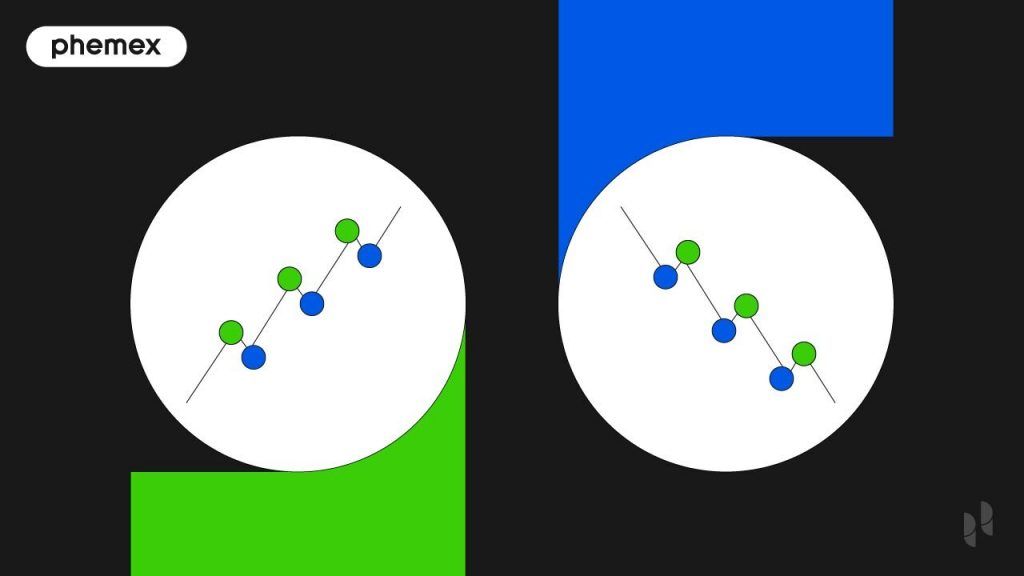The origin of on-chain analysis can be traced back to 2011, when one of the first popular on-chain metrics, “Coin Days Destroyed” was introduced to track the activity on the Bitcoin network.

What is On-chain Analysis?
On-chain analysis is a research strategy that leverages information found on the public blockchain to help traders enhance their crypto trading strategies.On-chain data usually includes information regarding all transactions that occur on a certain public blockchain network. For example, transaction details such as sending and receiving addresses, transferred tokens or currencies, transaction amount, transaction fee, and the remaining funds for a certain address. It also contains block data such as timestamps, miner fees, rewards, and the smart contract code.
How does on-chain analysis work?
The metrics for on-chain analysis can be broadly classified into three categories — crypto market capitalization, an asset’s HODL status, and future prospects of the cryptocurrency.
Market Capitalization
The market capitalization of a cryptocurrency defines the net value of the blockchain network. The total value of a network is defined as the multiplication of the crypto’s price by its total circulating supply. Apart from determining the net worth of the network, we can also use market capitalization to evaluate the market size, adoption, and risks involved with the crypto asset.
Hold Status
Analysts use a metric called the HODL wave to determine the trend in the market and the age of the cryptocurrency held by the user. The HODL wave tells analysts whether traders are HODLing the asset or selling it quickly. It determines the mood of the market and the perspective of the HODLers i.e., if they feel the price may fall or if they anticipate a rise.

On-chain analysts also use coin concentration metrics to determine the concentration of “whales” and large investors in the network. For example, say there is an asset where a few addresses hold a significant percentage of the token, this means that the whales and large-scale investors can easily manipulate the market by dumping the tokens. Therefore, analyzing the concentration of large token HODLers is very critical to minimizing crypto investing risks.
Future Prospects of a Cryptocurrency
To understand whether a crypto asset is gaining or losing traction among investors, the future open interest can be analyzed. Also, factors like the correlation between the token and Bitcoin’s price, as well as the total exchange inflows and outflows.

Correlating a token or altcoin’s price to that of Bitcoin minimizes risk for investors because it can help them cut down losses for cryptos that are more strongly related to Bitcoin price drops. Moreover, inflows and outflows of certain tokens or coins from an exchange (over certain time periods) can help on-chain analysts evaluate the asset’s adoption status while acting as an alarm signal for high net-worth individuals and institutional trading activities.
How to Use On-chain Analysis for Crypto?
Because cryptocurrency and blockchain data are transparent, they provide a great opportunity for on-chain analysts to form more comprehensive pictures of the crypto market based on concrete data as well as a fundamentals-driven approach rather than being merely driven by hype.
Predict future market movements
By assessing investor behavior and the network’s health in real-time, on-chain analysis not only helps traders enhance their strategies but also lets them better predict future market movements. For instance, by taking into account the number of active addresses and the number of transactions of a cryptocurrency, crypto traders can predict whether the interest in that crypto will rise or fall. If there’s a sharp rise in the number of active addresses and transactions, it usually correlates with a rising cryptocurrency price.

Study investor behaviors
On-chain metrics also provide details of certain investor behaviors. For example, on-chain analysts can examine the length of time an address has not moved a cryptocurrency and the number of investors HODLing the crypto. If the number of investors HODLing the crypto increases, then it might mean that the circulating supply of the crypto is lower. On-chain analysis of this situation tells us that the price of that cryptocurrency should increase if demand is constant. Moreover, it also shows confidence in the asset’s future performance.
Conclusion
In summary, on-chain analysis provides crypto traders with a fascinating tool to delve into the real-time insights of a blockchain network. This gives them the opportunity to capitalize on the advantages offered by a more data-abundant and transparent crypto market.
Read More
- What is On-chain in Crypto & How does it Work?
- Blockchain Analytics: 11 Free Crypto Research Tools You Need
- How To Do Crypto Research: The Best Ways to Get Started
- Crypto Fundamental Analysis: A Beginner’s Guide
- How to Read Crypto Charts: Learn Trading Chart Patterns
- What is Off-chain in crypto & How does it Work?
- How to DYOR (Do Your Own Research): A Comprehensive Guide
- Crypto Trading vs. Investing: Key Differences Explained








